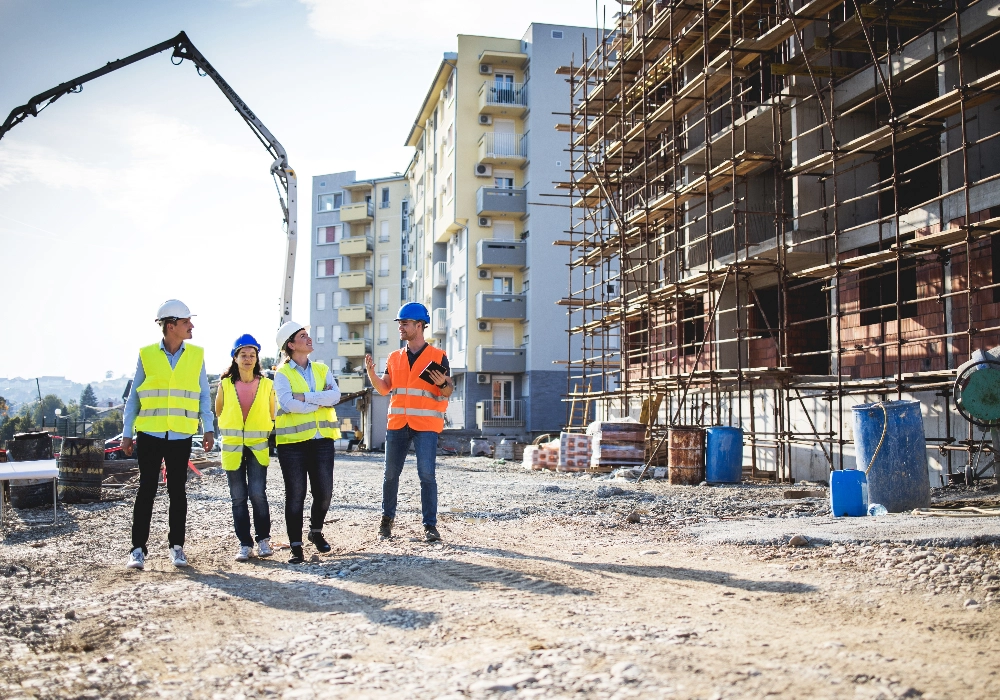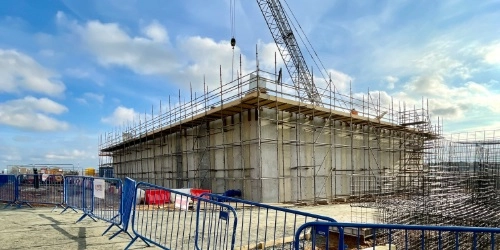Construction sites are amongst the most hazardous working environments so controlling and preventing safety risks is critical. WCCTV explores some best practice tips.
Construction sites lacking proper health and safety control measures are amongst the most hazardous working environments.
The statistics reflect this too, the Health and Safety Executive (HSE) recently placed the construction industry as the third most dangerous in the UK, with over 81,000 injuries and accidents reported in 2020.
Why is Health and Safety important in Construction?
Construction business owners and managers have a direct responsibility to protect their workers and sub-contractors, investing in health and safety to ensure a safe working environment is of paramount importance.
This starts with identifying and mitigating risks, promoting a culture of safety, and communicating your site rules clearly and consistently.
As the UK's leading supplier of Temporary CCTV cameras for construction sites including rapid deployment CCTV Towers, outlines below some of the key ways construction companies can improve onsite safety.
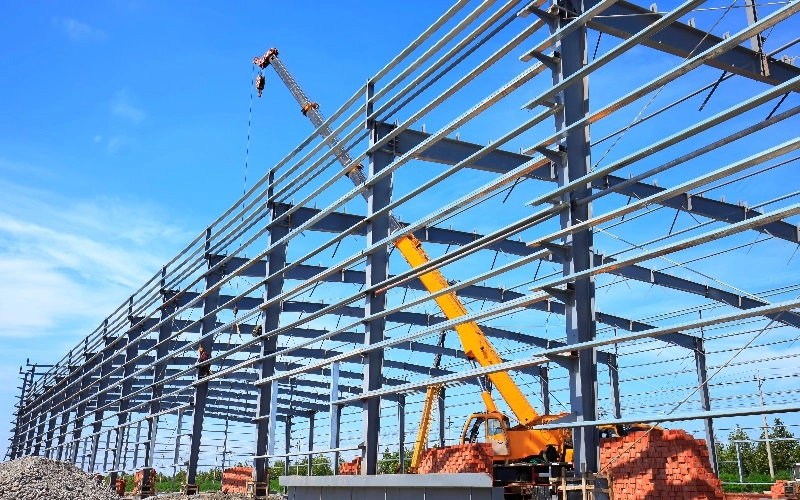
How do you control Health & Safety on a Construction Site?
1. Conduct Regular Risk Assessments
Conducting a risk assessment is the first step to mitigating the health and safety risks on your sites.
You should always conduct a risk assessment at the outset of your project, but it's equally important to review your risk assessment at regular intervals. This is because construction sites are constantly changing, and new hazards can emerge as site layouts change.
If you are unfamiliar with how to complete a risk assessment it may appear daunting at first, but every risk assessment will follow five crucial steps:
-
Identification of the potential hazards (NB: a hazard is defined as anything with the potential to cause harm/injury)
-
Determining who the hazard could harm and how this may occur
-
Assessing both the likelihood and severity of potential harm or injury
-
Taking action to remove the hazard or put in measures to mitigate it
-
Making a written record of the hazard and the controls taken
To help get you started with risk assessments, you can download a pre-made template from the HSE's website.
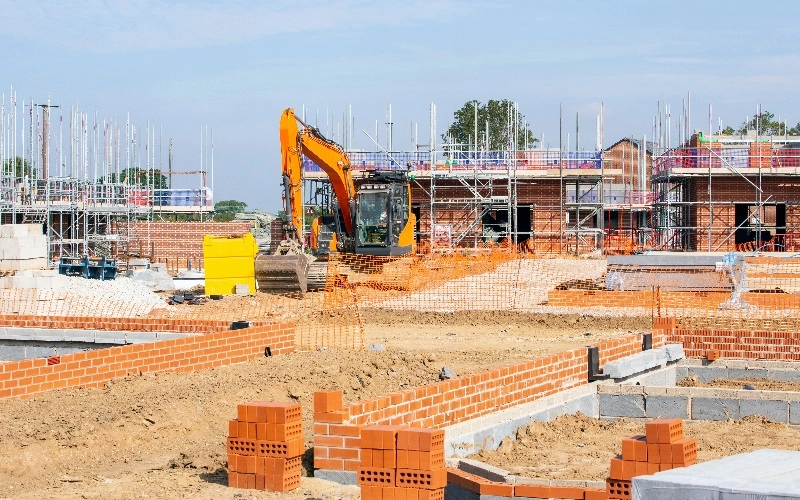
2. Understand the Risks and Their Root Cause
Understanding the types of risk you're likely to encounter is a critical to determining what control measure need to be put in place to mitigate harm.
The HSE has identified the most common causes of injury on construction sites as:
-
Slips, trips and falls
-
Falls from height
-
Defective equipment
-
Electric shock
-
Improper manual handling
-
Excessive noise and vibration
-
Vehicle accidents
Understanding the key risks will help sharpen your focus on them, such as understanding where they are most likely to occur, and the potential harm they could cause. The key then is to turn this understanding into actionable control measures.
3. Regular Safety Briefings
Once you have an understanding of the potential risks on your sites and have determined what control measures need to be implemented, this knowledge must be communicated to your workforce.
Holding regular safety briefings is a great way to keep the health and safety agenda at the front of your team's mind, and it can help you communicate any new risks that are identified as the site develops.
A daily or weekly safety briefing from a site manager or supervisor will create a culture of safety across your projects.
4. Deliver Ongoing Safety Training
Providing regular training for your staff is a great way to reduce risk. Practical knowledge helps to promote a safe culture and keeps your workforce engaged and motivated.
Based on the risks you have identified on your site, this training could be focused on general health and safety best practices (working from height, manual handling etc), the correct operation of machinery or even something more specific to your site or company.
Whatever format your training take, investing in your team's skills and knowledge can only have a positive impact, and with consistent development, they will be able to spot hazards and control them before they even become an issue.
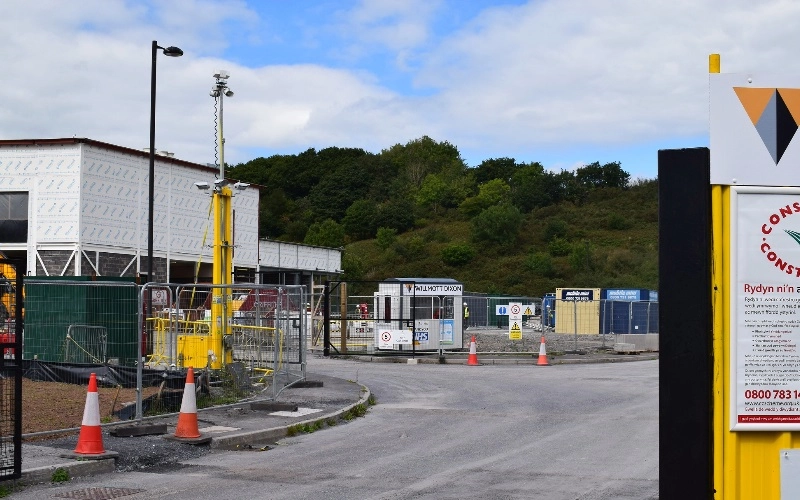
5. Promote Awareness Via Effective Communication
Effective communication is critical in creating a positive safety culture.
Your communications should focus on promoting awareness and understanding of health and safety management, with a key emphasis on the specific risk your workers are likely to encounter.
A daily or weekly safety briefing will go some way to improving communication onsite, but other strategies you could introduce may include posting site rules in common areas, installing hazard signs, and regularly speaking with any day workers or subcontractors to ensure they're aware of risks and rules.
Whatever communication methods you use, always make sure you are always clear, consistent and present information in the way it is most easily accessed and understood.
6. Install CCTV Cameras
As a modern, innovative approach to site safety, many construction companies are utilising CCTV cameras traditionally used for security purposes to remotely protect their workers.
CCTV cameras allow site managers to remotely identity hazards in real-time and put control measures in place without the need for a physical site visit.
The cameras also gather valuable evidence that allows site managers to retrospectively review any accidents or near-misses that occur on-site and discover the root cause.
Finally, boosting the security of your construction site with CCTV cameras can help prevent vandalism, damage to your electronic equipment and reduce the creation of onsite hazards by malicious intruders.
Who is Responsible for Health and Safety in Construction?
In the realm of construction, maintaining health and safety at work is a shared duty.
All parties, encompassing employers, workers, subcontractors, suppliers, and regulatory bodies, must collaborate harmoniously to ensure a secure working milieu. The extent of responsibility hinges on one's specific role within the workplace.
The foremost obligation falls upon the employer or the principal contractor. They bear the primary responsibility for furnishing a secure working environment for their employees and those affected by their operations.
This encompasses the provision of comprehensive training, adequate safety equipment, and the maintenance of a hazard-free worksite.
They are tasked with implementing effective safety policies and procedures, regularly evaluating potential risks, and taking corrective measures as necessary.
What are the Most Important Safety Rules in Construction?
Each site will have its own rules of operation, so always pay attention to those but as a general rule you should always:
-
Act Safe
-
Be Tidy
-
Follow Signs
-
Always wear the correct PPE
-
Ensure you understand your induction
-
Report any dangers or faults with equipment
-
Don’t attempt to fix equipment yourself
-
Always use the correct equipment
-
And if you’re ever in doubt, ask
Ready to find out how Rapid Deployment CCTV can work for your company? Get in touch today at 0800 470 4630 or request a call back
